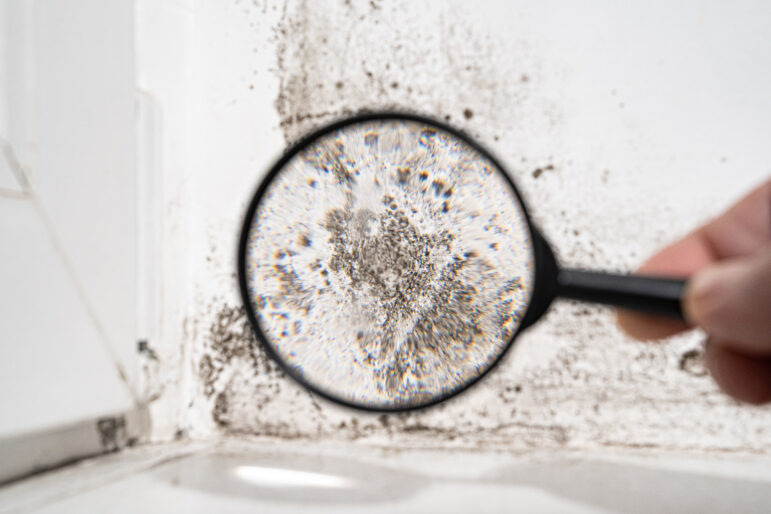Winter brings increased precipitation, melting snow and ice, and warmer temperatures indoors – ideal conditions for indoor mould growth. Prevention is the key to avoiding mould, and planning ahead can help keep your building safe and dry.
Along with potential repair and replacement costs, mould can pose health risks for staff and visitors like eye, nose and throat irritation, shortness of breath, worsening of asthma, and more. Upping your indoor air quality and keeping moisture at a minimum will help you avoid mould in your building this winter:
- According to the Environmental Protection Agency, humidity levels should be kept between 30 and 50 per cent, so the air is too dry to promote growth. Use a humidity gauge to determine your levels and assess its stability.
- Mould can aggravate allergies, even in the winter. Look for signs of symptoms in your employees or visitors.
- Your HVAC system helps remove moisture from the air, so conduct regular assessments and perform updates and repairs to ensure it is helping to reduce the risk of mould for your building. If not properly serviced, your HVAC system has the capacity to spread spores throughout your building.
- Quickly address any moisture you have in your building like damp carpets, standing water or puddles, condensation, or any other moisture that can lead to mould growth if left untreated.
- If you experience any winter flooding, ensure that you remove contaminated material and seek professional services for remediation where necessary.
- Places like warehouses, which can be more susceptible to cold exposure run a higher risk for pipes bursting, causing water damage. Insulate pipes to protect them from splitting and bursting and to protect your space from water damage.
- There is a common misconception that mould dies in the winter and while it may remain dormant if the temperatures dip really low, the spores remain alive and are ready to spread as soon as the temperature rises enough.
Mould is something that you never want in your building, but it can become even more complicated in the colder weather, when increased ventilation and rapid drying is not as simple as it is in the summer months. Get ahead of the risks by assessing your building and conducting the proper maintenance this fall to carry you through to the spring.









